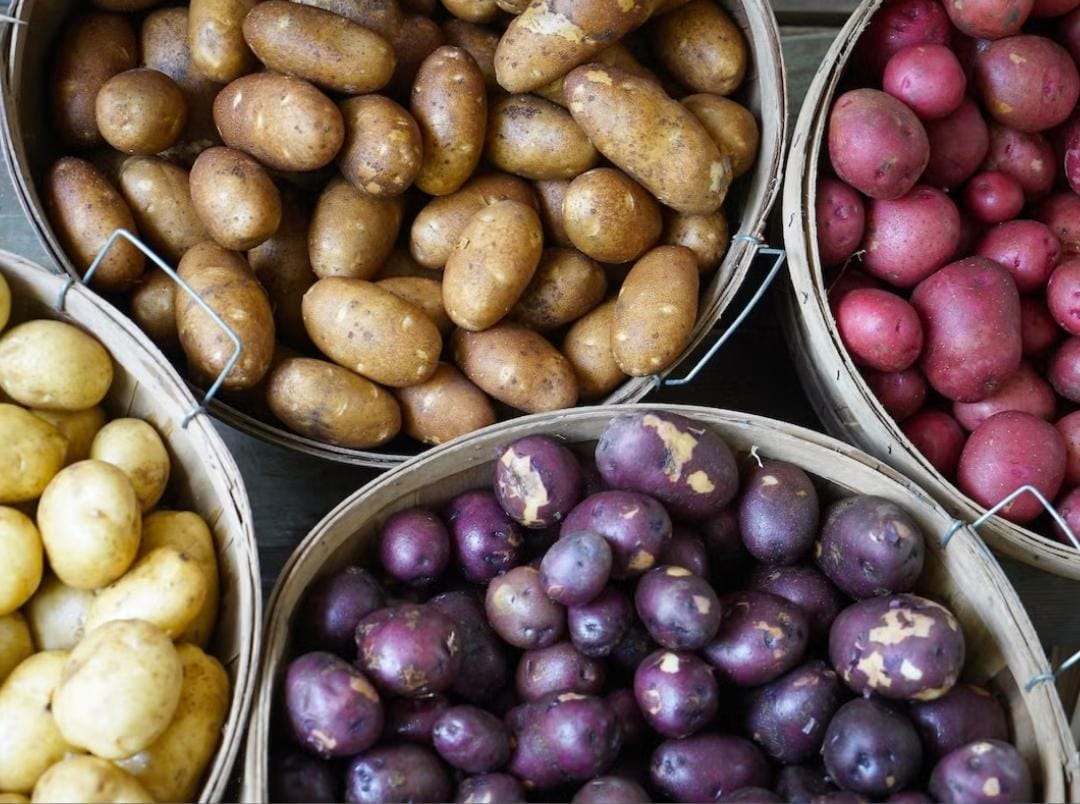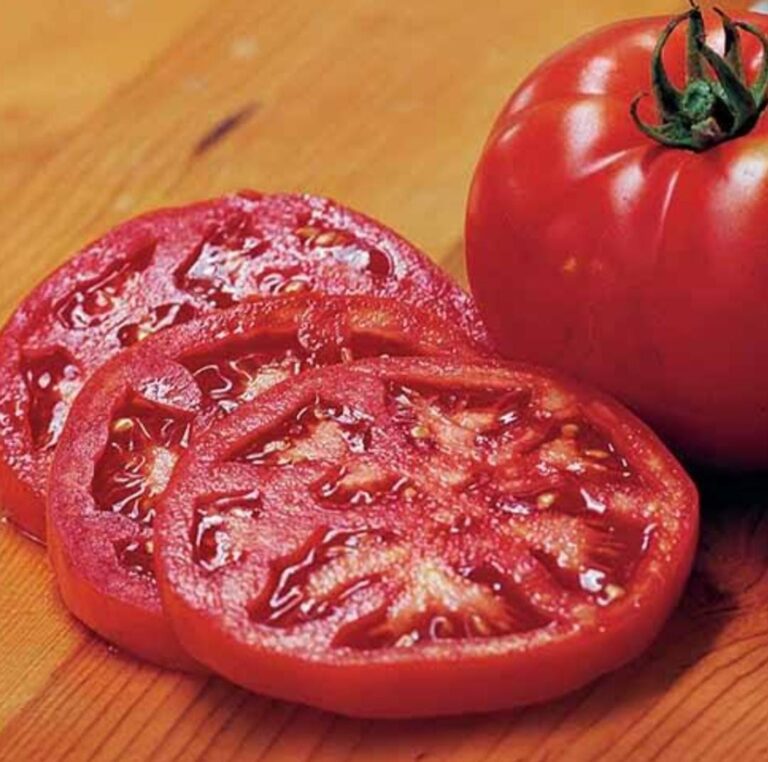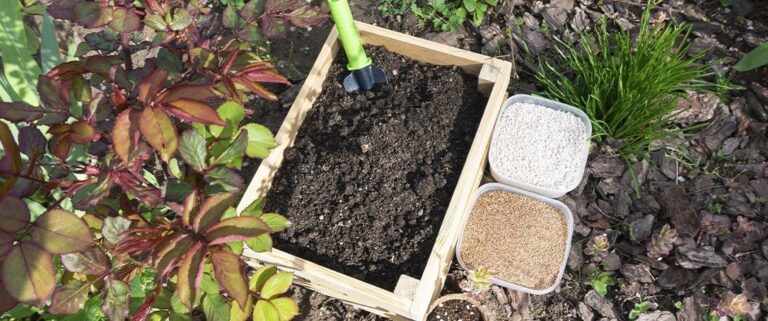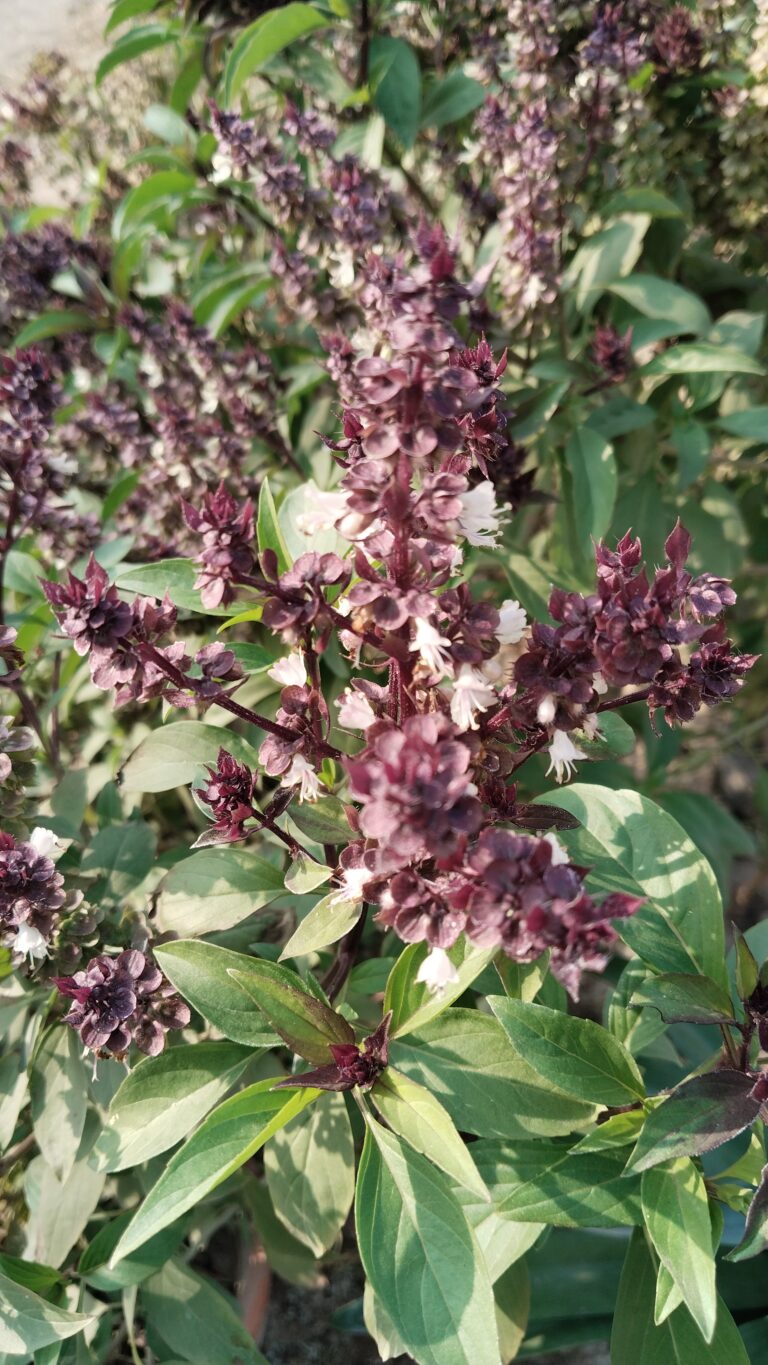Potatoes: 8 Exclusive Types Worldwide
Introduction
Few crops have had as deep an impact on human society as potatoes (Solanum tuberosum). This starchy tuber, which originated in South America’s Andes mountains, has spread across continents, molded global cuisines, and fed entire communities during times of shortage. Today, it is one of the most adaptable vegetables, grown in a variety of climes and used in a wide range of cuisines, including french fries, curries, mashed potatoes, and soup. But beneath every plate of potatoes is a world of tremendous variety.
You would be surprised to know that there are almost 4,000 different types of potatoes, each with their own texture, color, flavor, and adaptability for various culinary applications. These can be divided into numerous groups based on their starch and moisture content. Understanding these distinctions not only aids gardeners and farmers in picking the best type for cultivation but also assists home cooks in selecting the ideal potato for their recipes.
We have discussed growing methods in our previous blog. Now in this blog, we will examine the various species, their scientific profiles, culinary roles, and global significance, providing you with a comprehensive overview of this humble yet remarkable tuber.
1. Russet Potatoes: The King of Baking and Frying
Russet potatoes, sometimes referred to as “Idaho potatoes” in North America, are one of the most recognizable types. They have a tough, brown, netted exterior with a dry, fluffy inside due to their high starch and low moisture content.
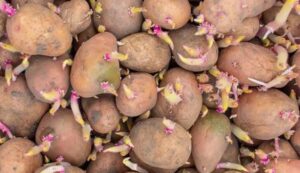
- Scientific profile: High in amylose starch, which separates quickly when cooked, resulting in a light texture
- Best for baking, roasting, and frying—especially French fries and hash browns
- Culinary value: When cooked, russets have a crisp skin and a light, airy core, making them great with sour cream, cheese, or butter
- Agricultural note: They thrive on well-drained, sandy soils and are one of the most commonly grown potato varieties in the United States
These are small to medium in size, with thin, silky red skins and creamy white innards. Their waxy texture makes them less starchy and more moisture retentive.
2. Red Potatoes: Creamy Texture with Vibrant Skins
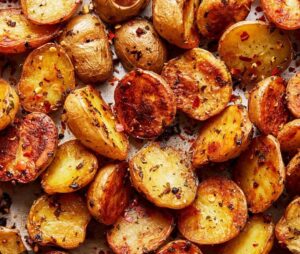
- Scientific profile: High in amylopectin, which gives them a solid texture after cooking
- Best used for: boiling, steaming, and roasting—great for potato salads and soups
- Culinary value: Their skins are soft and lend color to recipes, while the flesh has a pleasing bite
- Nutritional highlight: Red-skinned potatoes are high in antioxidants such as anthocyanins, which contribute to their color
3. Yukon Gold: A Perfect All-Purpose Potato
Yukon Golds originated in Canada in the 1960s, are known for their golden exterior and buttery yellow flesh. They strike a balance between starch and waxy properties.
- Scientific profile: Medium starch levels with moderate moisture, allowing for adaptability in cooking
- Best for mashing, roasting, boiling, or pan-frying
- Culinary value: Their naturally rich, buttery flavor eliminates the need for heavy seasoning
- Agricultural note: Their flexibility makes them a popular choice for both home gardens and large-scale farms
4. Fingerling: Petite and Flavor-Packed Breed
Fingerlings are little, elongated tubers that resemble fingers and frequently have knobby forms. They come in several colors, including yellow, purple, and red.
- Scientific profile: Waxy texture with dense flesh, which allows them to retain shape during cooking
- Best for roasting, pan-frying, or grilling whole
- Culinary value: Their earthy, nutty flavor goes well with herbs like rosemary and thyme
- Fun fact: Because of their small size, they require little or no peeling and can be eaten whole
5. Purple and Blue: Antioxidant-Rich Beauties
These remarkable types have rich purple or blue skins and frequently have matching meat. Anthocyanins, strong antioxidants contained in blueberries, are responsible for their vibrant hue.
- Scientific profile: The texture ranges from waxy to all-purpose, depending on the cultivar
- Best uses include boiling, roasting, and adding to salads for visual appeal
- Culinary value: They keep their color even after cooking, making them popular in gourmet cuisine
- Nutritional note: A high antioxidant concentration may improve cardiovascular health and reduce inflammation
6. The White One: Mild and Versatile
White potatoes are medium-sized, with thin, pale skin and a light tan to white inside. They fall somewhere between starchy and waxy, making them versatile.
- Scientific profile: Moderate starch and moisture levels
- Best for mashing, soups, and casseroles
- Culinary value: Their mild flavor makes them ideal transporters for spices and herbs
- Agricultural insight: They are widely grown around the world due to their hardiness and versatility
7. Petite: Small but Mighty
Petite potatoes, sometimes known as “new potatoes,” are picked before they reach maturity. They could be red, yellow, or white.
- Scientific profile: Waxy, having thin skins and high moisture content
- Best for boiling, steaming, or roasting whole
- Culinary value: Their delicate skins and sweet flavor make them appealing as a side dish
- Harvesting fact: Because they are young, they contain less starch than mature potatoes
8. Specialty Heirloom Potatoes
Heirloom cultivars demonstrate the biodiversity of ancient horticulture, particularly in South America. They frequently appear in unique shapes, colors, and flavors.
- Scientific profile: Varieties range from waxy to starchy
- Best uses: Various—some are ideal for soups, while others are suitable for frying
- Culinary value: Unique flavors, ranging from nutty to earthy, enrich classic meals
- Conservation note: Preserving heirloom varieties is critical for genetic diversity and future crop resilience
Sweet Potatoes vs. True Potatoes: A Common Confusion
Sweet potatoes (Ipomoea batatas) belong to the Convolvulaceae plant family, whereas genuine potatoes are in the Solanaceae family.
- Scientific Difference: Sweet potatoes are classified as storage roots, which means they develop from the root of the plant and serve as a nutrient-rich storage organ that supports the plant’s growth. In contrast, regular potatoes are classified as tubers, which are swollen underground stems that store energy in the form of starch. This distinction highlights the different botanical structures and functions of these two commonly consumed vegetables.
- Nutritional profile: Sweet potatoes are an excellent source of beta-carotene, a powerful antioxidant that the body converts into vitamin A. This nutrient is essential for maintaining healthy vision, supporting immune function, and promoting skin health. Compared to many other vegetables, sweet potatoes contain significantly higher levels of beta-carotene, making them a valuable addition to a balanced diet. Consuming foods rich in beta-carotene can help ensure adequate vitamin A intake, which plays a crucial role in overall health and well-being.
- Culinary Uses: Sweet potatoes are remarkably versatile and can be incorporated into a wide range of dishes, excelling in both sweet and savory cuisines. Their natural sweetness lends itself well to desserts, such as pies, casseroles, and even baked goods like muffins. In contrast, regular potatoes tend to be predominantly featured in savory meals. They are staples in various savory dishes, including mashed potatoes, fries, and stews, where their starchy texture and flavor complement other ingredients. While both types of tubers have their unique qualities, the sweet potato’s adaptability allows it to shine in a broader culinary context.
The Global Potato Spectrum
While North Americans are most familiar with russets, reds, and golds, other regions have their own distinct potato identities:
Andean varieties
The origins of potato diversity are fascinating, showcasing a remarkable array of native cultivars that exhibit a wide spectrum of colors and patterns. From deep red varieties that boast rich, earthy flavors to beautifully striped purple potatoes that add a striking visual appeal to any dish, these diverse cultivars not only enhance culinary experiences but also reflect the rich agricultural heritage of their regions. This genetic diversity is a result of centuries of cultivation and adaptation in various climates and soils, contributing to the potatoes’ unique characteristics and resilience. Each cultivar has its own distinct taste, texture, and nutritional profile, emphasizing the importance of preserving this biodiversity for future generations.
European staples
In the United Kingdom, certain potato varieties have gained significant popularity for specific culinary uses. Among these, the Maris Piper stands out as a favored choice for making crispy fries and flavorful roasted dishes. Its versatile texture and high starch content make it ideal for achieving that perfect golden exterior while maintaining a fluffy interior when cooked. Chefs and home cooks alike appreciate how well Maris Piper holds its shape during cooking, making it an excellent option not only for frying and roasting but also for mashing and baking. Its widespread acclaim has made it a staple in kitchens across the UK.
Asian varieties
Countries like China and India cultivate a diverse range of both traditional and hybrid potato varieties, catering to a wide array of culinary applications. Traditional types, often known for their unique flavors and textures, are deeply rooted in local cuisines and are used in various dishes, from curries to snacks. On the other hand, hybrids are developed to enhance specific traits such as yield, disease resistance, and cooking qualities, making them versatile for modern cooking techniques. The cultivation of these potatoes supports not only local culinary traditions but also contributes to the agricultural economy, allowing for innovative culinary experimentation and the incorporation of potatoes into both everyday meals and festive dishes.
Cooking Methods

The physics of starch and moisture explains why various potatoes shine in particular cuisines.
- High-starch potatoes (e.g., russets) are ideal for baking and frying because of their fluffy interiors
- Waxy potatoes (e.g., reds, fingerlings) are excellent in salads and soups because they retain shape
- All-purpose potatoes (such as Yukon Gold or whites): Adaptable to a variety of recipes.
Understanding these categories allows cooks to make more educated decisions rather than relying on trial and error.
Potatoes and Human Health
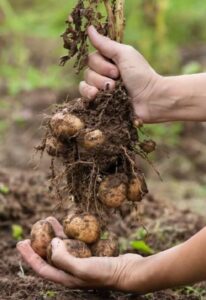
- Potatoes are an excellent source of essential vitamins and minerals that play a vital role in maintaining overall health. They are particularly rich in vitamin C, which is crucial for immune function and skin health, and vitamin B6, which supports metabolism and brain health. Additionally, they provide a significant amount of potassium, an important mineral that helps regulate blood pressure and maintain proper muscle and nerve function. Iron, another essential mineral found in these, is key to transporting oxygen in the blood and preventing anemia.
- Furthermore, they are a good source of dietary fiber, which contributes to digestive health and helps keep you feeling full and satisfied. They contain resistant starch, a form of carbohydrate that is not fully digestible, which can benefit gut health and improve insulin sensitivity. Potatoes are also packed with phytonutrients, which are natural compounds that have been shown to have various health benefits, including anti-inflammatory and antioxidant properties.
- Among the different varieties, pigmented types such as purple and red potatoes stand out due to their higher levels of antioxidants. These antioxidants help combat oxidative stress in the body and may reduce the risk of chronic diseases. Overall, incorporating them into your diet can provide a variety of nutritional benefits while adding versatility to your meals.
Future of Potato Cultivation
- Climate change, soil degradation, and the rising demand for food are driving scientists to seek innovative solutions in potato farming. In response to these challenges, breeders are actively developing new potato varieties that are more resilient to extreme weather conditions, such as droughts and floods. These advancements involve incorporating traits that improve both the nutritional quality of the potatoes and their resistance to pests and diseases. Additionally, researchers are exploring sustainable agricultural practices that enhance soil health and maximize yield without further depleting natural resources. The goal is to ensure that potato farming can meet the nutritional needs of a growing global population while minimizing its environmental impact.
- Drought-tolerant cultivars are specially developed plant varieties that possess unique adaptations enabling them to withstand periods of water scarcity. These cultivars have evolved mechanisms to efficiently utilize limited water resources, allowing them to survive and thrive even in dry conditions. By selecting and cultivating these plants, gardeners and farmers can maintain healthy landscapes and crops despite challenges posed by prolonged droughts or irregular rainfall patterns.
- The development of disease-resistant strains of crops can significantly minimize the reliance on chemical pesticides, thereby promoting more sustainable agricultural practices. By breeding or genetically engineering plants that possess inherent resistance to common diseases, farmers can improve crop yields and enhance food security while reducing the environmental impact associated with pesticide application. This approach not only leads to healthier ecosystems but also helps in safeguarding beneficial insects and reducing the risk of pesticide resistance in target pests. Overall, the cultivation of disease-resistant varieties is a crucial step towards more eco-friendly farming methods.
- The development of nutrient-dense potato varieties specifically aimed at addressing and combating malnutrition in underdeveloped countries is an essential focus area. These enhanced potatoes are engineered to be rich in vitamins, minerals, and essential nutrients, providing a vital food source to populations facing food insecurity. By improving the nutritional profile of this staple crop, we aim to ensure that communities that rely heavily on potatoes can significantly boost their dietary intake and improve overall health. This initiative not only seeks to alleviate malnutrition but also strives to empower local agriculture and enhance food sovereignty in regions where access to diverse, nutritious foods is limited.
These innovations ensure that potatoes continue to be a viable food supply for future generations.
Conclusion
This tuber is incredibly diverse, ranging from the hearty russet to the antioxidant-rich purple potato. Each variation has its own story about ethnic customs, culinary adaptability, and scientific innovation. Whether you are a gardener selecting seeds, a chef curating flavors, or a home cook cooking dinner, understanding the variations between potato kinds will help you appreciate this staple meal more.
When you pick up a bag of these bounties, know that you are holding centuries of agricultural history, scientific ingenuity, and cultural heritage. With thousands of variants available globally, the potato truly represents the junction of nature’s diversity and human inventiveness.
Happy Gardening!

